DRIFT and Shadowcat launch hydrogen fleet
We sit down with Ben Medland and Jennifer Smith to explore their ambitious quest to build a net-positive mobile hydrogen supply network…
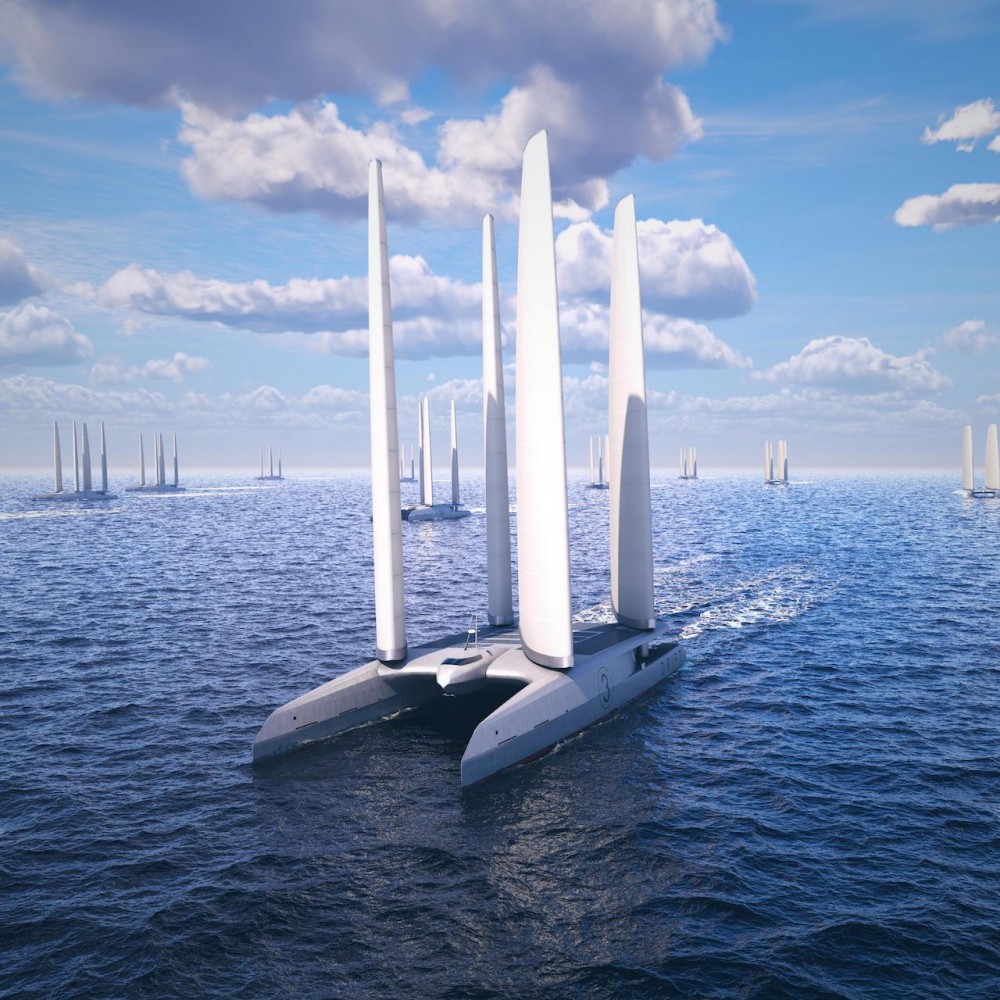
DRIFT Energy and Shadowcat are collaborating on the launch of MVY – a 58m megawatt-class energy vessel, which was announced at the Monaco Yacht Show last month. Since then, interest in the project has been unprecedented, according to DRIFT Energy’s Founder and CEO, Ben Medland, and Shadowcat’s Director of Business Development, Jennifer Smith.
“The whole concept behind DRIFT is that we are a new class of renewable energy,” Medland tells SuperyachtNews. “If you look at the renewable energy market, the world needs more green energy and it needs it fast. Our answer is to simply add another solution.”
MVY, which stands for Most Valuable Yacht, is capable of generating, storing, and delivering green hydrogen by itself. It generates electricity using turbines that capture the kinetic energy of the sailing catamaran and store this onboard as green hydrogen. A single vessel is capable of generating over 140 tonnes of green hydrogen a year - a volume that would abate over 1,500 tonnes of CO2 a year.
The project's core aim is to exploit the expanse of the oceans to generate clean, renewable energy. “The idea stems from when my son asked me why a wind turbine was not turning, to which I explained that it was not turning because there was no wind. His response was ‘Why not follow the wind?’”
Utilising wind as an energy source is a well-established practice, with sailing boats setting the precedent for over two millennia. “What we do, however, is ask the question of how we can turn that wind into energy,” says Medland. “This is what we are trying to achieve. To create a net positive support vessel for the superyacht sector and more around the globe.”
“As revolutionary as the idea sounds, there is nothing new technology-wise,” says Smith. “This is all a novel combination of quality workable tech for a unique use. It is not any crazier than the idea of offshore wind farms was pitched years ago. We are really just embracing some of the most ancient technologies, which work perfectly in this application.”
With interest in the project rising, Medland says that he plans to lay the first keel within the next 12 months. “We have the vast majority of the components in our design already,” says Medland. “The build itself will take around 18 months. So we foresee a vessel being on the water, doing what it says within the next two and half years.”
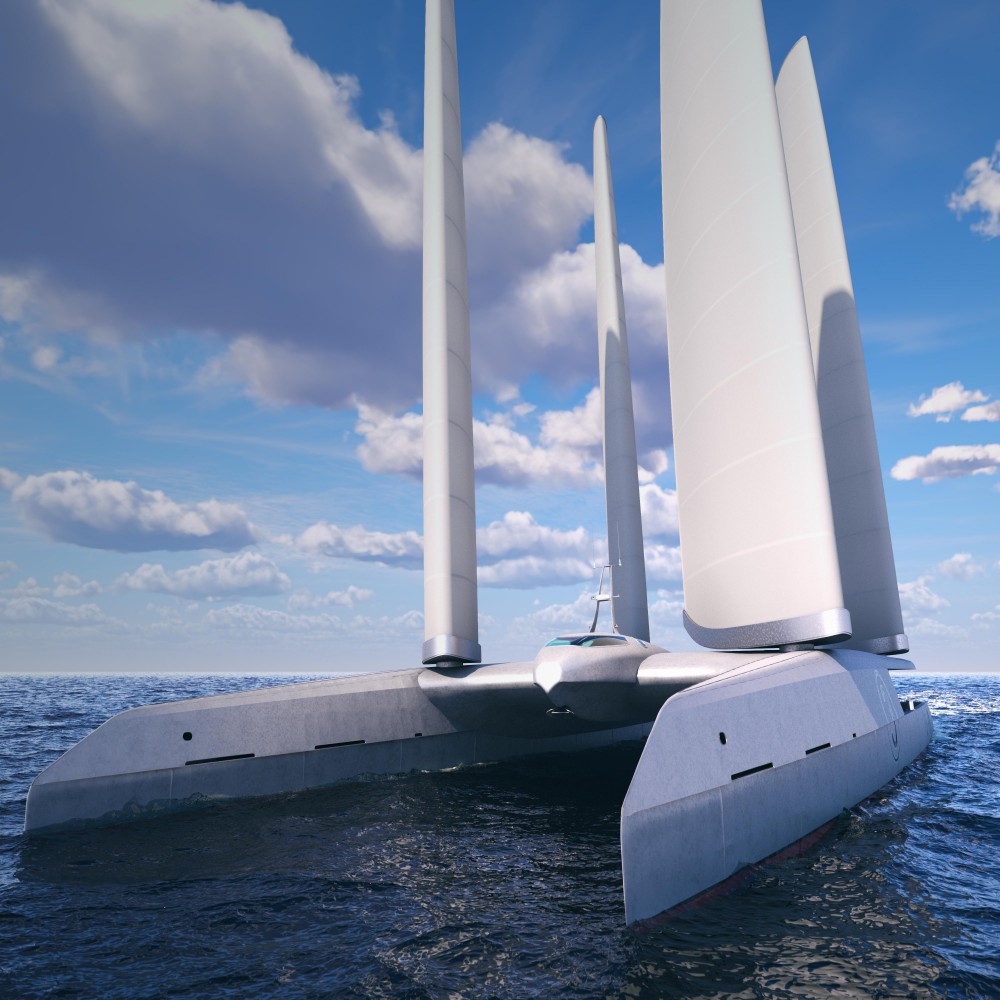
In practice, the sailing catamarans will trail yachts globally, forming support networks in prominent yachting locations and popular cruising areas. The company's vision is to establish a worldwide network of support vessels, akin to a hydrogen-powered version of Starlink.
While the project primarily aims to offer a sustainable source of green renewable energy to the fleet, addressing concerns about the industry's carbon emissions simultaneously remains a core driver. “The scrutiny that we as an industry have been under is only intensifying,” says Smith. “Sometimes it is easy to lose sight of the fact that there are progressive designers, shipbuilders, and owners trying to find a way to embrace the energy transition and make a positive impact. But the infrastructure just isn’t there yet.” This is exactly what we are trying to address, she adds.
The demand for low-carbon fuels is experiencing exponential growth, and with a limited supply, regulatory changes will intensify competition for green energy. As soon as the infrastructure is in place, rapid adoption of this technology and infrastructure is inevitable by commercial shippers. “This project is mobilising the will and the financial resources within the superyacht industry to make it operational,” adds Smith.
Some critics have raised concerns regarding hydrogen's volatility. But with hydrogen-powered yachts already under construction and navigating the seas, Medland offers assurance that the production of these vessels adheres to a process akin to the construction of yachts approved by regulatory authorities.
“As a hydrogen-producing yacht, it is exactly the same power chamber as a hydrogen-powered yacht, but in reverse. So in terms of chemical processes, we are not doing anything different,” he says. “From a safety perspective, we must ensure that we create a reliable platform. But simply put, we point to the same processes that are currently in use and work perfectly, so ours will have the same assurances.”
Answering criticism of the superyachting’s carbon footprint or extinguishing the fears of hydrogen sceptics is not a priority of the project, however. The initiative aims to provide a solution within the industry transition, challenge the boundaries of innovation and ultimately give back to the world, making a positive impact.
“When there is uptake of the project, Ben [Medland] has the playbook for what happens shoreside operationally around the world, and essentially creates jobs, power, infrastructure and funds local economies in yachting communities,” says Smith. “The dream is that after a New Year's Eve in St. Barts, there is surplus hydrogen on board the support vessels that can be gifted back to the local community.”
Profile links
NEW: Sign up for SuperyachtNewsweek!
Get the latest weekly news, in-depth reports, intelligence, and strategic insights, delivered directly from The Superyacht Group's editors and market analysts.
Stay at the forefront of the superyacht industry with SuperyachtNewsweek
Click here to become part of The Superyacht Group community, and join us in our mission to make this industry accessible to all, and prosperous for the long-term. We are offering access to the superyacht industry’s most comprehensive and longstanding archive of business-critical information, as well as a comprehensive, real-time superyacht fleet database, for just £10 per month, because we are One Industry with One Mission. Sign up here.
Related news
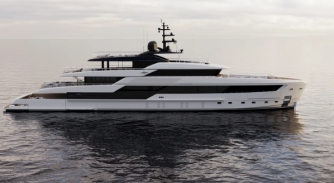
Lloyd’s approves Sanlorenzo’s and Feadship's methanol fuel system
Sanlorenzo's methanol fuel system for 50Steel and Feadship's compact multi-fuel system design have secured approval from the classification society
Crew
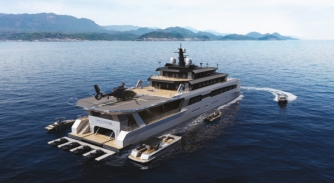

Siemens Energy's holistic approach
Jennifer Hooper, Senior Vice President at Siemens Energy, details a new pilot methanol and fuel cell solution of the superyacht sector
Technology
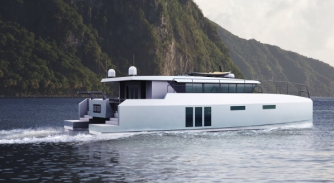
EMS completes methanol propulsion design for Archipelago Yachts
The marine systems designer says it is breaking new ground in the understanding of methanol-powered engines for yachts whilst working on the project
Technology
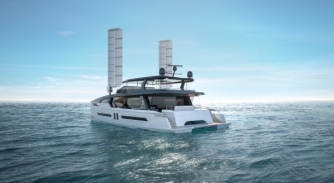
ALVA Yachts announces OCEAN ECO 90 H2
The 27.5m fuelless catamaran will be available with a fully electric drive, hydrogen fuel cells and wing sails
Fleet
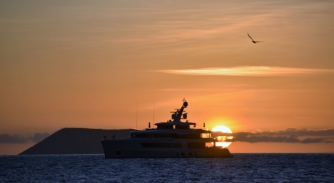
Monitoring the methanol method
Chris Chatterton, COO of the Methanol Institute, offers an outside perspective on a growing energy market for new-build yachts
Technology
Related news
SHADOWCAT presents catamaran shadow vessel
2 years ago
Siemens Energy's holistic approach
2 years ago
ALVA Yachts announces OCEAN ECO 90 H2
2 years ago
Monitoring the methanol method
2 years ago
NEW: Sign up for
SuperyachtNewsweek!
Get the latest weekly news, in-depth reports, intelligence, and strategic insights, delivered directly from The Superyacht Group's editors and market analysts.
Stay at the forefront of the superyacht industry with SuperyachtNewsweek



